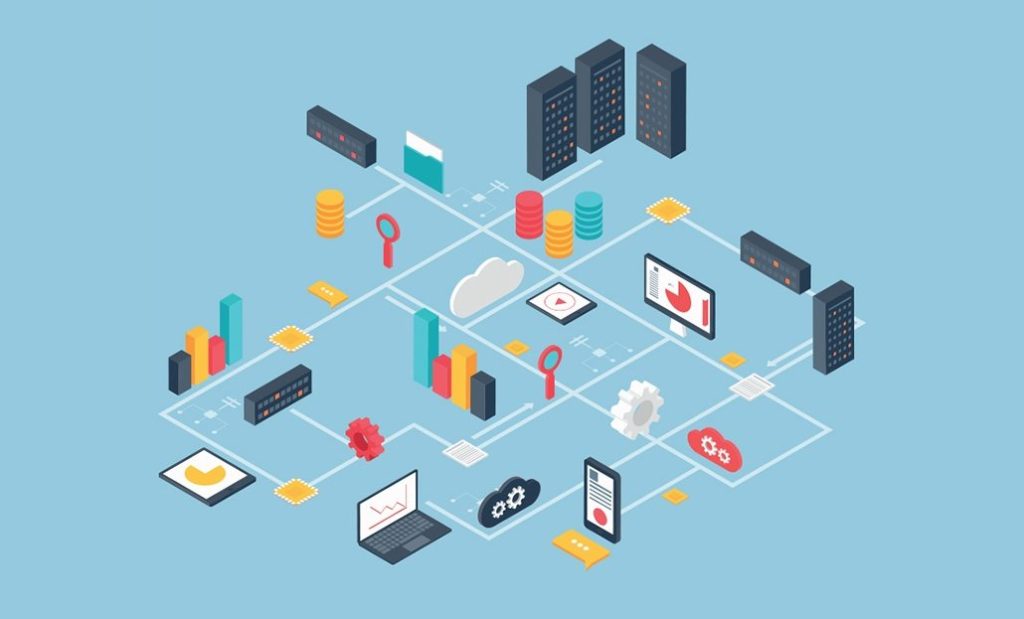We live in a technologically dominated society with constantly growing features that have new names and terms. So you’re not alone if you don’t understand certain terminology. We’ve written this post to explain what caching is and why it’s so crucial in managed web hosting.
Are you unsure what a cache is? Would you like to learn more about this important part of technology that has so many advantages? They include making managed web hosting cheaper and enhancing the speed of your website. As a result, it is preferable to gain a deeper understanding of it. So, let’s get started.
What is Web Caching?
Web caching is the practise of saving your data on the server so that it can be accessed later. If you’re curious about how it works, we’ve got you covered.
Every bit of your online data is captured and transformed into an HTML file that you may access through your browser when you visit a website. When you return to the site, the cache will merely display a copy. Maintaining your server’s speed without becoming slowed down is incredibly beneficial. Keep in mind that when you upgrade your website, all of your caches will be destroyed, and you’ll have to start collecting data from scratch.
Remember that not all websites on the internet employ cache. Additionally, the cache can be manually deleted or expire. To clear the cache in Google Chrome, go to the top right corner of the page and click the three dots. Then hit H+Ctrl or select History from the menu. You can select the options you want to remove before clicking Clear data.
Why do you need caching for web hosting?
Websites receive a large amount of traffic. They have hundreds, if not thousands, of individuals visiting their page. When someone visits your website, the server receives a request for the site’s data, which includes all forms of content. This data is received by the user’s browser, which is separately loaded and subsequently presented on their screen. So, every time a user wants to visit, a new request is created and submitted, restarting the entire process. As a result, when there is a lot of traffic, the server’s speed and performance suffer, which has a direct impact on the website’s load time.
Caching works by taking a picture of your website and storing it in many locations. As a result, once a request is made, it is sent to the user’s closest location, which helps to reduce the time it takes for the website to load. It also aids in the reduction of server stress and the maintenance of optimal operational levels. A website can benefit from a variety of different types of caching.
What are the various kinds of Caching?
If you can’t figure out where the cached data is saved, it’s due to the type of caching you’re using. There are various types of caching that, in theory, work in similar ways but differ in practise.
Caching is a tricky topic that can be understood in a variety of ways. You can learn about the many types of caching based on where they store their data. When a user visits a website for the first time, some caching types will save that data on the user’s computer. As a result, loading times are exceptionally fast. However, it does not significantly reduce the time it takes for the website to load the first time you visit it, which is crucial because first impressions count.
Other types of caching store data in external sites that can be geographically located in multiple areas, allowing for easy access. As a result, the visitor’s browser only needs to send a request to one of these nearby locations, and the data will be transferred immediately, without the need to go via the source server every time.
Benefits of Caching
Caching is beneficial to both consumers and managed web hosting providers since it speeds up the transport of content. Here are a few of the most important benefits of caching.
Reduced networks costs
Cached content can be kept somewhere between the user and the main server when the user requests data. As a result, the cached content will be sent from the point nearest to the user, minimising the amount of network activity and lowering the cost.
Increased response time
The response time is boosted because the content may be transferred and received faster due to the shorter distance and the elimination of the requirement to reach the main server every time. Because of its proximity to the user, the browser cache can complete this procedure in the blink of an eye.
High hardware performance
Because caching handles a large number of actions that would otherwise have to be handled by the original server, it can now perform more functions on its hardware. Caching also enables strong servers in different places to handle work that would otherwise be handled by a single server.
Conclusion
One of the most important functions for making your website load faster and available to consumers at high speeds is website caching. The method cache is stored and accessed differs depending on the type of caching. It’s critical to alleviating the burden on your server during periods of increased traffic. As a result, you should keep this in mind as you run your website.
Feel free to visit our Mondoze Global Blog and Knowledge Base for more articles about web hosting.


